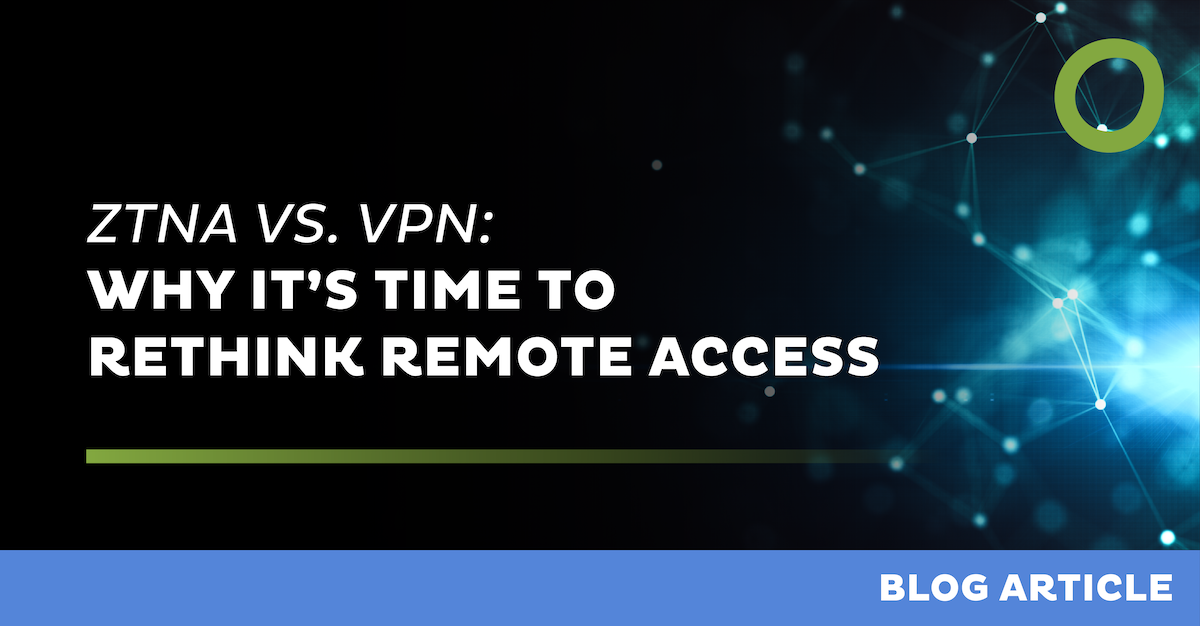
SD-WAN Will Drive Enterprise Adoption of 5G Services


EMA research found that 87% of distributed enterprises use or plan to use wireless services as a primary WAN connectivity option for at least some of their sites. Today, most of these enterprises are targeting 4G and LTE. In the future, 5G will be the de facto wireless WAN option, and this transition will be a major driver of SD-WAN adoption.
Less than a decade ago, enterprises mostly used cellular wireless as a backup connection for faster, more reliable terrestrial networks. Times have changed, thanks in part to SD-WAN.
SD-WAN technology enables hybrid connectivity across multiple network types. SD-WAN can dynamically steer traffic across different WAN connections based on network conditions and application policies. Thus, an enterprise can configure SD-WAN to create one virtual link across MPLS, broadband, cellular, and whatever other options are available at a site. When a terrestrial connection is performing poorly, the technology will push more traffic onto the wireless connection, and vice versa.
5G: Speed, Low-Latency, Security
The introduction of 5G will create even more demand for hybrid WAN and SD-WAN solutions. This next generation of cellular communications will be at least 10 times as fast as 4G with lower latency. It will also be more secure than 4G, with encryption and authentication features layered on top of existing security mechanisms from the 4G standard.
5G advancements directly address some of the leading drivers of using wireless for WAN connectivity. Two of the top three drivers of wireless WAN adoption are superior security and high bandwidth requirements. The other is accelerated delivery of network connectivity to remote sites, something that any cellular technology can support.
Building a Hybrid WAN with 5G
5G may also be expensive in comparison to terrestrial broadband, which means enterprises will be selective in how much they use it. That’s where SD-WAN comes in. For instance, enterprises can set policies in SD-WAN so that latency-sensitive applications traverse 5G while other applications traverse a business broadband connection.
Forty-seven percent of enterprises are already planning to use 5G as a frontline WAN service, and SD-WAN will be a major enabler of 5G-based WANs.
Network managers can incorporate 5G into their hybrid WAN architecture by shipping SD-WAN gateway devices with 5G radios and SIM cards or by plugging a 5G radio into existing gateways.
Then, network managers can provision those connections via a central SD-WAN controller, where they can set granular application and security policies across all available network connections at every site. Some SD-WAN controllers should also be able to integrate with service providers to give you cost visibility for 5G connections that are billed by consumption. This will allow network managers to set policies that prevent overage charges on 5G data plans.
The general availability of true 5G services is still on the horizon, but enterprises should be planning for it today. SD-WAN will make it relatively simple for IT organizations to incorporate 5G into their WAN architectures. Network managers should work with application management teams to identify which applications would benefit from 5G services and plan accordingly.
Leave Complexity
Behind
To learn how Open Systems SASE Experience can benefit your organization, talk to a specialist today.
Contact Us



